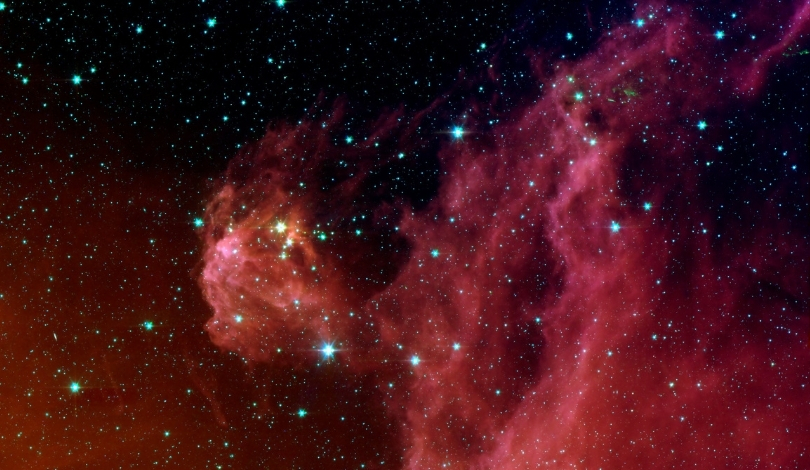Hydrogen, the simplest and most abundant element, holds secrets that illuminate the vastness of space. Recent scientific advancements highlight how the fundamental properties of hydrogen atoms contribute to the universe’s pervasive glow. This revelation not only deepens our understanding of cosmic light but also underscores the intricate dance of quantum mechanics on a universal scale.
Previous studies primarily focused on hydrogen’s role in star formation and energy generation. However, the latest findings emphasize its contribution to the continuous emission of electromagnetic radiation across galaxies. This expanded perspective offers a more comprehensive view of hydrogen’s influence on cosmic light.
Understanding Particle Spin
Hydrogen atoms consist of one proton and one electron, each possessing a property known as spin. Unlike tangible spinning objects, particle spin describes how these particles interact with magnetic fields. Electrons and protons can have spins labeled as up or down, influencing the atom’s energy state.
Energy States and Alignment
When the spins of the proton and electron align in the same direction, the hydrogen atom sits in a slightly higher energy state compared to opposite spins. Quantum mechanics allows these atoms to randomly transition to lower energy states over time. While an individual atom might take millions of years to realign, the vast number of hydrogen atoms in the universe ensures continuous emission of energy.
Universal Implications of Hydrogen Emission
The collective realignment of hydrogen atoms results in a consistent emission of photons with a specific wavelength of 21 centimeters. This radiation contributes to the pervasive glow observed in galaxies. Such emissions provide valuable insights into the structure and evolution of the universe, making hydrogen a cornerstone in astronomical research.
The continuous emission from hydrogen atoms not only illuminates galaxies but also serves as a crucial tool for astronomers to map the cosmos. By studying the 21-centimeter wavelength radiation, scientists can trace the distribution of hydrogen throughout space, revealing the large-scale structure of the universe. Advanced telescopes like the James Webb Space Telescope leverage this emission to investigate distant galaxies, highlighting the significance of quantum properties in shaping our understanding of the universe’s vastness.










